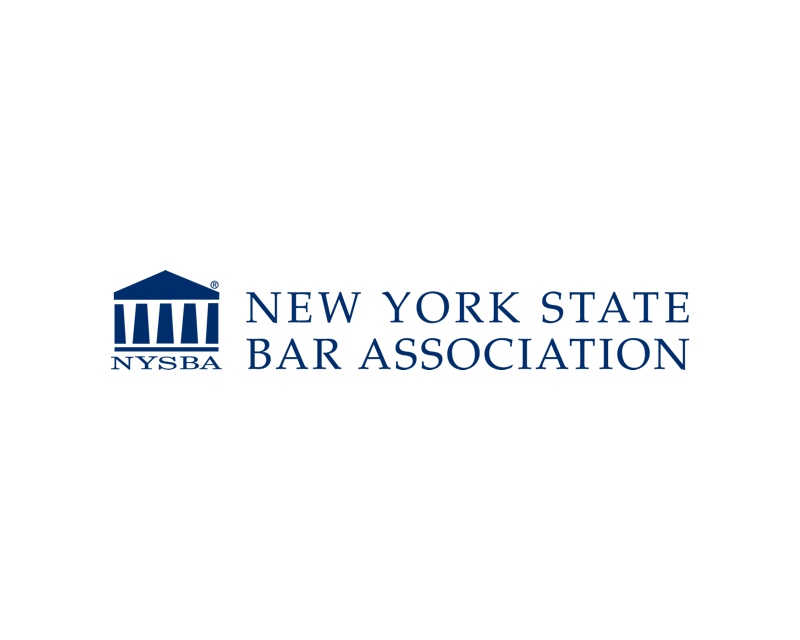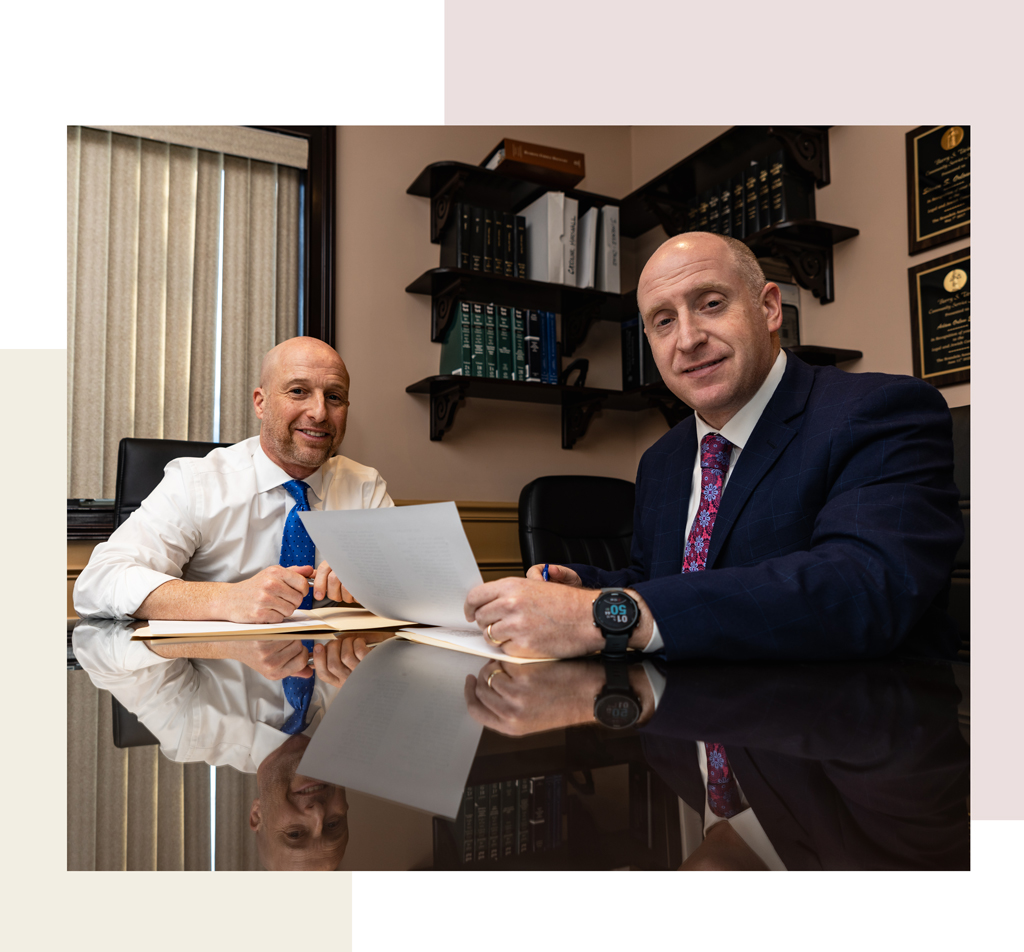What Is Adult Protective Services and What Role Does It Play in Elder Abuse Investigations?
What Is Adult Protective Services (APS) and Who Do They Help in NYC? Quick Answer: Adult Protective Services (APS) in New York City helps adults aged 18 and older who are at risk of harm due to physical or mental impairments, and who are unable to protect themselves or have









